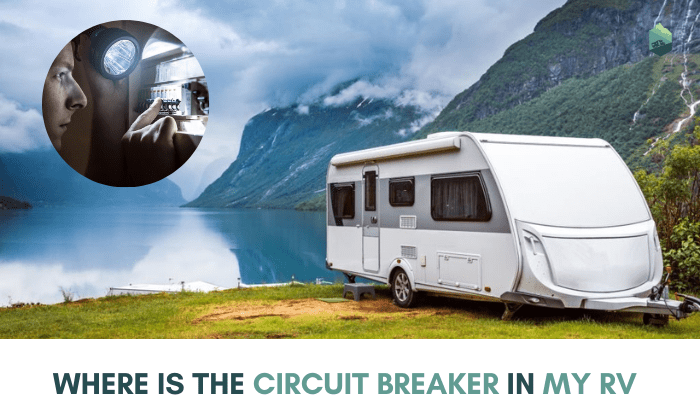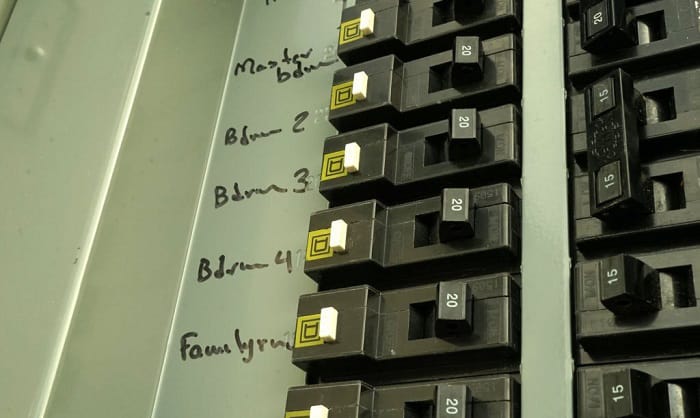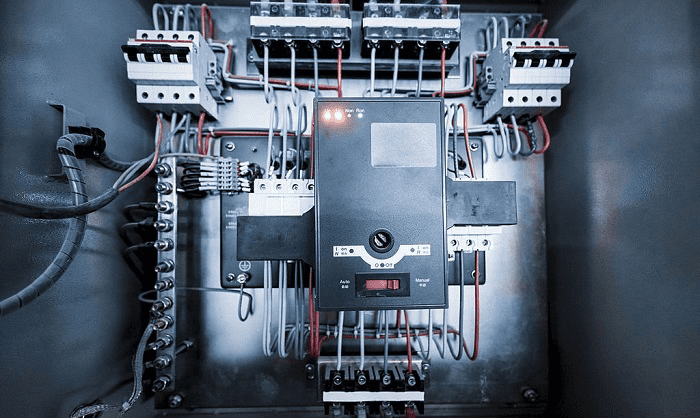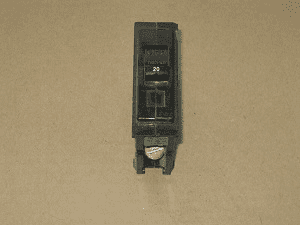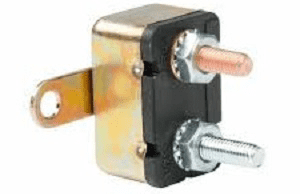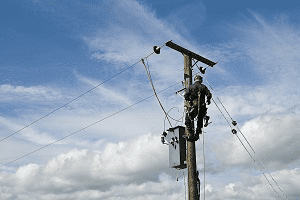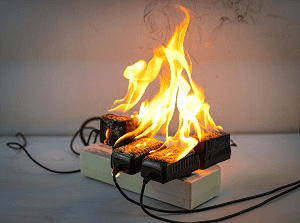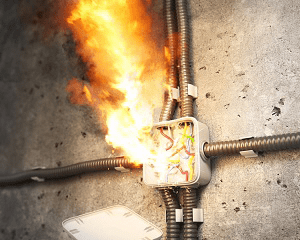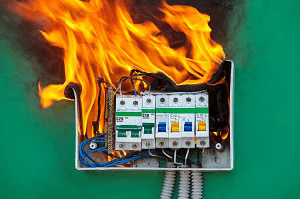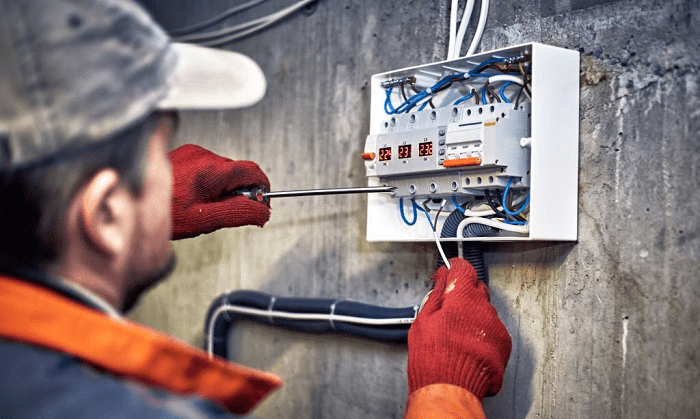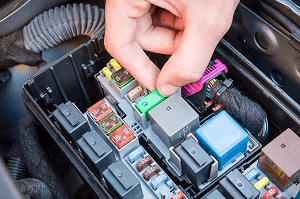An electrical mishap happened in your RV and you’re trying to find the circuit breaker in the vehicle. But now you’re asking yourself, ‘Where is the circuit breaker in my RV?’ Don’t worry because we’ll help you out with that concern.
I’ll give a spoiler, you only need to consult your vehicle’s manual and search for its breaker panel. Many RVs have their circuit breaker locations behind a hard plastic sheet to protect the part.
After locating the RV breaker location, you can now proceed with the troubleshooting. But continue reading to know more about the details to help you make this task easier than before.
Page Contents
What is an RV Circuit Breaker
It’s best to understand the RV circuit breaker to know how to locate it properly. Knowing what the circuit breakers look like will help you find the RV fuse panel location.
The circuit breaker is an integral part of your RV’s electrical system. It prevents accidental damage caused by improper use of electrical appliances. If a fuse trips, the common issues are faulty components or overloads.
The primary purpose of a circuit breaker is to prevent a sudden electrical surge or fire. In turn, it interrupts the flow of electricity when the electrical panel trips.
Knowing the usage of your appliances and their amps can help prevent a potential electrical blowout. Take note that having many electrical items working at the same time can cause circuit blowouts.
Where is The RV Circuit Breaker
The RV fuse box location depends on the model of the vehicle. For older campers, motorhomes, and travel trailers, this panel should be on the floor or underneath the vehicle’s flooring
In some cases, the travel trailer circuit breaker location is in the vehicle’s exterior electrical compartment. Certain RVs have their power converters and 120-volt electrical breakers in this area.
Consult your vehicle’s owner’s manual to know the exact location of the circuit breaker. For example, the Jayco circuit breaker location is inside the surface of the load center, according to the company’s vehicle manual.
On the other hand, a Mercedes Benz Sprinter will have its fuse box located underneath the instrument panel that’s beneath the steering wheel. Pull the cover protecting the panel to see the breakers.
Types of RV Circuit Breakers
Different RVs use various types of circuit breakers. Understanding each type will help you shop for the correct model, particularly when the fuse trips or if it’s faulty.
1. 110-Volt Circuit Breaker: This part is the main breaker that controls the 110-volt power supply for various appliances and plug-ins.
2. 12-Volt Circuit Breaker: Many RVs have 12-volt power supplies for their interior lights, water heaters, and radios. These breakers tend to not be as complex as the 110-volt switches but they can trip if they get too hot.
3. Power pole: An exterior circuit breaker located outside an RV. Campgrounds and RV parks generally offer this pole as an extra power source.
Aside from these breakers, you can also find fuses on specific plug-ins and devices. These components help protect the devices from sudden electrical surges and faulty wirings.
Reasons an RV Circuit Breaker Keeps Tripping
The following are some things to take note of that might be the cause of your RV losing electricity frequently.
1. Circuit overloads: An overload power source happens when many appliances are drawing power from the mains at one time. The source can’t provide enough electricity for all devices, causing an overload.
2. Short circuits: Electrical surges can cause appliances to short circuit. This sudden increase of electricity can travel to the fuse panel, causing the circuit breaker to trip.
3. Faulty breaker: A malfunctioning breaker will trip repeatedly. If so, replace it immediately before the faulty part can cause more damage than expected.
Do You Need a Surge Protector for Your RV
Many RVs have circuit breakers in control panels designed to prevent accidental power surges. If the system gets too heavy, the circuit breakers will trip and protect the equipment and the owner.
With that in mind, you might not need to buy a surge protector for your RV. Although it might not be a requirement, you can still purchase one to give you peace of mind.
Troubleshoot an RV Circuit Breaker
Take note that RV electrical systems generally have four primary components:
- Fuses
- Circuit breakers
- Device draws
- Power supply
Checking each part of the vehicle’s electricity system is vital for power restoration projects.
1. The RV Circuit Breaker
First, find the RV breaker box location. Make sure that the RV circuit breaker switch should be off when tinkering with the panel. If the circuit breaker trips frequently, the cause of the problem could be the AC unit or the refrigerator.
Turn off these devices and restore power in your vehicle. If the breaker keeps tripping, the cause could be a faulty switch.
2. The Fuse
AC and DC currents are the types of fuses commonly found in RVs. These fuses can provide quick and reliable power supplies to different devices.
However, fuses tend to blow out if they experience power overloads and surges. Don’t attempt to repair these parts and replace them immediately to avoid further damage.
3. The Power Supply
If the appliances in your RV stop working, it means that they’re either not working or there’s a problem with the master switch.
Also, make sure that the other RVs nearby are using the same electrical system. A power pole can lose electricity if many campers are sharing the same source. If so, find another parking spot for your vehicle.
4. The Device Draw
Some RV appliances are energy-hungry and can cause power failures if you don’t maintain them frequently. Ensure that these devices are in optimal condition to prevent power failures.
Conclusion
Remember, different RVs have varying locations for their circuit breakers. One RV circuit breaker might be under the steering wheel while another vehicle will have it in an exterior panel.
If the power in your vehicle goes out frequently, troubleshooting the problem may need you to do the following:
- Check the circuit breakers
- Inspect fuses for blown pieces
- Investigate the mains
- Examine the device draw
Did you enjoy this guide on where is the circuit breaker in my RV? Don’t hesitate to let me know in the comment box below!
“Hi, I’m Francis’ husband—Calvin. Our story began with our shared passion for traveling. I have had a career journey for over 11 years at Ford Motor Company, where I took on the role of BMS SW Process Engineer.
Together with my wife, I have dedicated countless hours to exploring every nook and corner of the world. Ten years living in an RV may seem long, but time seems to fly by when I’m doing what I love with the person I love.
FMCA’s 103rd International Convention & RV Expo in Gillette, WY,
Like my wife, I hope to help you see the beauty of traveling off the beaten path by sharing insights into this lifestyle. In addition to my corporate roles, I also launched our website – Outdoorbits, in 2015 and continue to contribute my knowledge and skills to the present day. And I’ll be completely honest with you—no hiding the truth or sugarcoating the possible challenges.
So, if you want to run away from the busy lifestyle to embrace nature, I’m your guy.”
